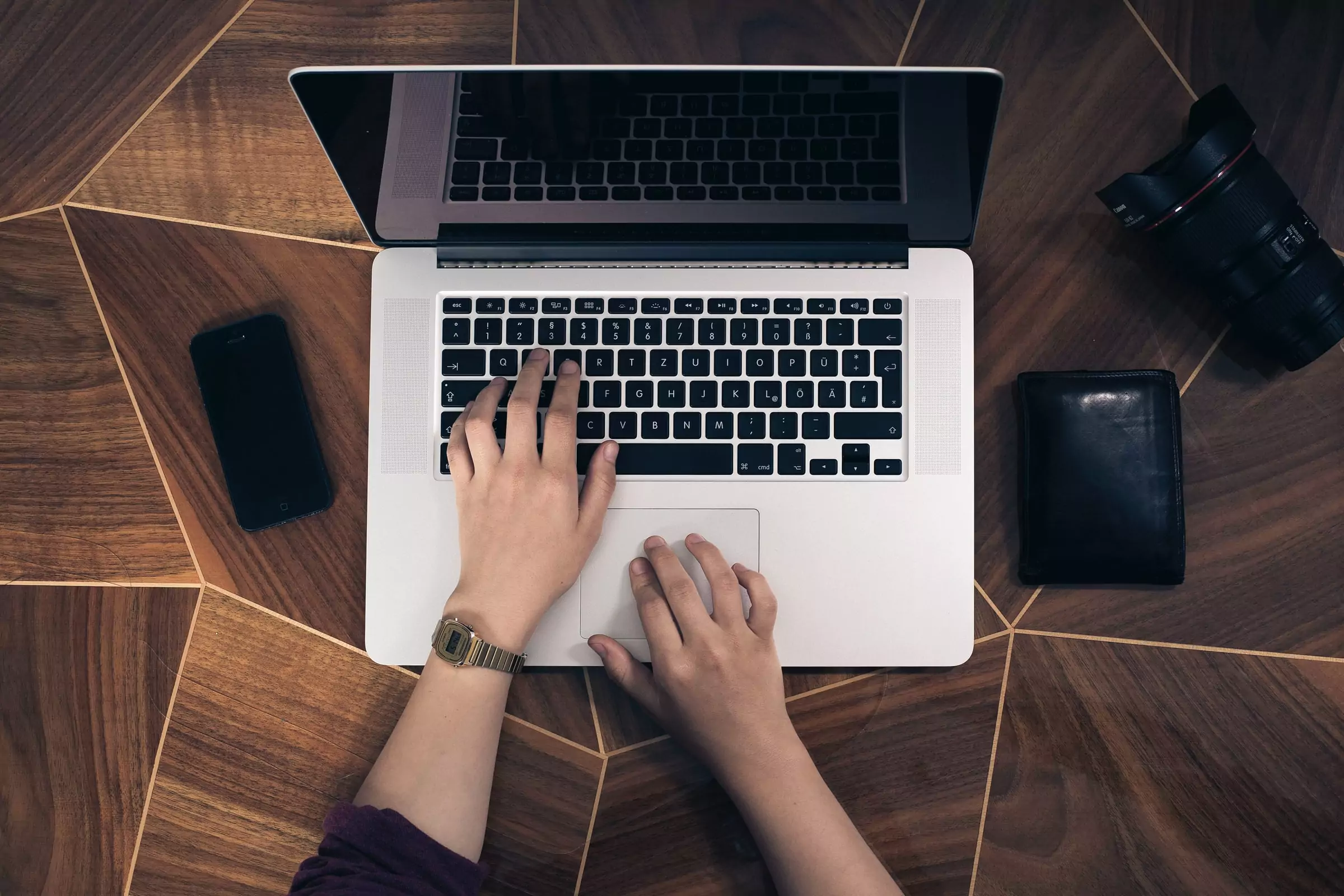
Simple Ways That Help Manage Files on Digital Devices
Starting the day with a “storage is almost full” alert can be annoying. Full storage can interfere with the tasks a device is trying to perform, which affects the everyday workflow. Insufficient storage on the device will lead to the inability to secure new information added to the device.
A shortage of space will also slow down your computer while performing some tasks. You may also find it difficult to access some applications. It will be difficult for you to save new media on the device. It is necessary to clean the desktop to increase the efficiency of the device.
The article enumerates various ways that you can implement a file management strategy. The points discussed herein will enable you to manage files on any digital device, whether it is a computer, smartphone, or tablet.
Understand Your Needs
The first step to organizing your digital files is to understand how much existing space you have on your device. Also, try to figure out how much space you would require to keep your device functioning well.
Most of the drives have storage limits of around 80%, after which you start to get notifications and alerts surrounding insufficient space. Once you have answers to the above questions, you can take specific steps to optimize your device accordingly.
Manage Unnecessary Data
More often than not, we download files from the internet just because we like the caption or quotation that it comes with. When you like the quotation given on an image, you don’t have to save the image as you can extract text from images using a professional tool.
It is worthwhile to learn different methods to optimize and edit images. One such example can be found at https://setapp.com/how-to/extract-text-from-images. Of course, a lot depends on what tools and operating system you use, but as a rule of thumb, you should not have trouble finding tutorials to help you.
Specify Your Goals

Organizing the data files on your device can easily become a task if you do not pick the direction or goal to achieve. Recognize the need and decide how much time and effort you would like to invest in finishing the task.
There are several tools available in the market that will help you declutter your device within a few clicks. You can also install software and applications that will help you maintain your data.
Delete and Archive
Another step you should take while organizing the data files is to delete the things occupying unnecessary space on the device. You could be hoarding old videos or old spreadsheets on the computer. Identify the duplicate files and remove them from your device.
If you are not sure about something to remove or not, put them into a specific folder to review later. You can download some applications on the device to sort the duplicate and junk files.
Delete Duplicate Images
Managing images can be a struggle for a memory hoarder. Your gallery may utilize an ample volume of internal storage on the device. There are different ways to sort the images by year, month, event, and date.
You can rearrange the folders to save project-related files and keep them away from personal images. You can transfer the files to the software and free the internal storage.
Disable Background Applications
All devices have some applications or programs running in the background without our notice. This software may take away enough volume of storage from your device. Any advice is to disable these applications so that you can save some space.
These applications also create junk files that may crash your device if it is not removed carefully. When we disable such unknown data-hungry applications, it also secures the device from cybersecurity threats.
Sort Digital Files

After removing the unwanted files from your laptop, you should sort the remaining files to organize the data. You can sort the files by the date and by creating specific folders as per their need.
An organized device will save you time and effort to look for data at the time of its need. You can also organize the files under the name of projects and departments. You can also use clouds to manage digital files as per convenience.
Transfer Files to External Drive
Different ways are available to help you optimize your files on digital devices. Connect an external storage drive and transfer data that you won’t access frequently. You can also sync your data to the cloud storage solution to claim extra gigabytes on the hard drive.
Many cloud solutions such as Google Drive, OneDrive, and Dropbox give you free access to 2GB to 15GB storage space.
Conclusion
To avoid a situation where you need to sort the files immediately for the proper functioning of the device, adapt to the well-defined practices. Do not store files on your desktop; clear the download folder regularly, and empty your trash bins carefully.
Always create specific and descriptive folders to store all the files on the device. Don’t forget to back up data regularly.




GIPHY App Key not set. Please check settings